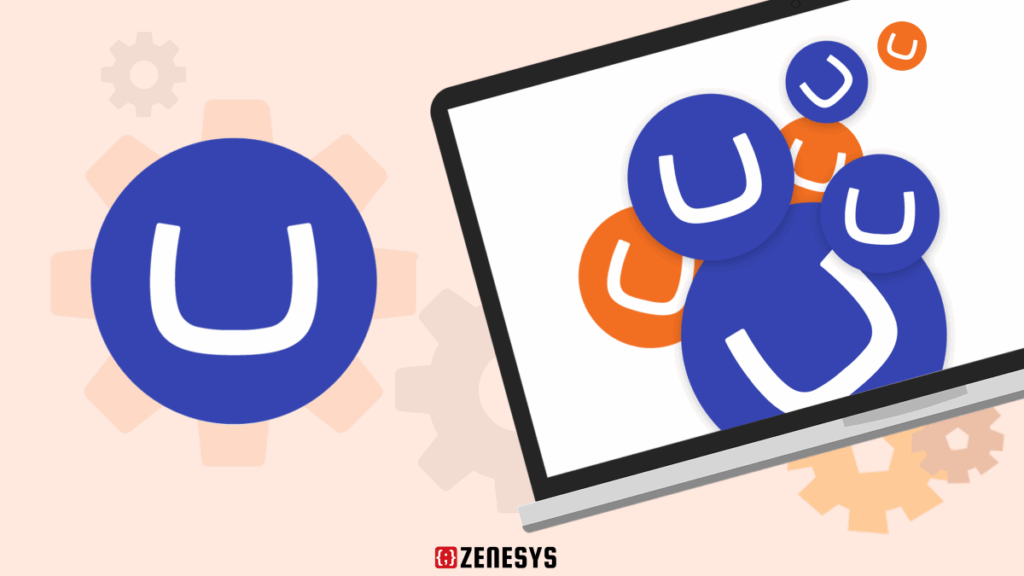Choosing the right Content Management System (CMS) is crucial for your business’s online presence. Two popular options in the CMS world are Umbraco and WordPress, each with its own advantages for different business needs.
WordPress powers over 43% of all websites globally, known for its user-friendly interface and extensive ecosystem of plugins. This open-source platform has evolved from a simple blogging tool into a versatile business solution.
Umbraco stands out as a flexible, developer-friendly CMS that prioritises customisation and scalability. Built on Microsoft’s .NET framework, it serves enterprises seeking robust content management capabilities without unnecessary complexity.
The choice between these platforms impacts:
- Website performance
- Development costs
- Content management efficiency
- Long-term scalability
- Technical resource requirements
This comparison explores the key features, strengths, and considerations of both Umbraco vs WordPress to help you make an informed decision for your business’s digital future.
Umbraco: The Flexible CMS Solution
Umbraco stands out as a robust content management system designed for businesses seeking advanced customisation capabilities. This .NET-based CMS delivers exceptional flexibility through its modular architecture, enabling organisations to build precisely what they need.
Key Features That Drive Business Success:
- Rapid Development – Built-in templates and components accelerate project launches
- Intuitive Interface – Clean, user-friendly dashboard requires minimal training
- Enterprise-Grade Security – Advanced protection against cyber threats
- Cloud-Ready Infrastructure – Seamless scaling across cloud platforms
The platform’s proven ROI stems from its ability to reduce development time while maintaining high performance. Businesses report up to 40% faster project completion rates compared to traditional CMS solutions.
Scalable Architecture Benefits:
- Handles millions of content items
- Supports multiple languages and sites
- Enables content reuse across channels
- Provides automatic load balancing
Umbraco’s cost-effective licensing model eliminates per-user fees and hidden charges. This transparent pricing structure helps businesses maintain predictable budgets as they grow.
Customisation Capabilities:
- Full source code access
- Extensive API documentation
- Custom module development
- Flexible template system
- Integration with third-party services
The platform’s architecture supports tailored solutions for specific industry requirements. From e-commerce integrations to complex digital experiences, Umbraco adapts to diverse business needs while maintaining performance and security standards.
This combination of flexibility, scalability, and customisation makes Umbraco particularly suitable for businesses requiring specific functionality beyond standard CMS features.
WordPress: The Most Popular CMS Platform
WordPress powers over 43% of all websites globally, making it the most popular content management system for businesses of all sizes. This open-source platform has evolved from a simple blogging tool into a robust website builder with enterprise-level capabilities.
Key Features of WordPress for Businesses:
- Easy-to-use dashboard with drag-and-drop functionality
- Wide selection of customisable themes
- Large collection of plugins (over 59,000)
- Tools for collaboration among multiple users
- Built-in system for managing media files
WordPress’s user-friendly interface enables teams to manage content without technical expertise. The platform’s visual editor allows staff to create and edit pages, posts, and media content with minimal training. Its extensive theme marketplace offers pre-designed templates suitable for various industries, from e-commerce to professional services.
The platform excels in search engine optimisation through built-in features and specialised plugins like Yoast SEO. These tools help businesses:
- Optimise meta descriptions and titles
- Generate XML sitemaps automatically
- Analyse content readability
- Manage canonical URLs
- Track keyword performance
WordPress integrates seamlessly with essential business tools and services:
- Payment gateways such as PayPal and Stripe
- Email marketing platforms
- Social media networks
- Analytics tools
- Customer relationship management systems
The platform’s REST API enables developers to connect WordPress with external applications and services, creating custom solutions that meet specific business requirements. This flexibility, combined with regular security updates and a vast community of developers, makes WordPress a reliable choice for businesses seeking a scalable digital presence.
Comparing Umbraco and WordPress for Businesses
The distinct approaches of Umbraco and WordPress create unique advantages for different business scenarios. Let’s examine their core differences:
Development Philosophy
Umbraco’s developer-focused architecture provides:
- Full code control and customisation
- .NET framework integration
- Advanced programming capabilities
- Custom module development
WordPress maintains a user-centric approach with:
- Drag-and-drop interface
- Visual page builders
- Ready-to-use templates
- Minimal coding requirements
Scalability vs Accessibility
Umbraco’s scalability features:
- Enterprise-grade infrastructure
- Multi-site management
- Custom API development
- Load balancing capabilities
- Cloud-ready architecture
WordPress’s ease of use priorities:
- Quick content updates
- Simple plugin installation
- Built-in media management
- User role management
- Immediate deployment options
Security Comparison
Both platforms offer robust security measures, yet their approaches differ:
Umbraco Security:
- Built-in .NET security framework
- Regular security patches
- Enterprise-level encryption
- Custom security configurations
WordPress Security:
- Community-driven security updates
- Third-party security plugins
- Web application firewalls
- Regular core updates
The choice between these platforms often depends on specific business requirements. Large enterprises with complex integration needs might benefit from Umbraco’s developer-focused approach. Small to medium businesses seeking quick deployment and simple content management could find WordPress more suitable. Read more about Umbraco vs Kentico vs Sitecore: Which Enterprise CMS Should You Choose?

Choosing the Right CMS for Your Business Needs
Selecting between Umbraco and WordPress requires careful consideration of several critical factors that directly impact your business operations.
Budget Considerations
- WordPress offers free core software with additional costs for premium themes and plugins
- Umbraco involves initial licensing fees but potentially lower long-term maintenance costs
- Development costs vary based on customisation requirements
- Hosting expenses differ between platforms
Technical Requirements Assessment
- In-house development team capabilities
- Access to skilled developers in your region
- Current technical infrastructure
- Integration needs with existing systems
Project Complexity Evaluation
- Simple brochure websites align well with WordPress
- Complex enterprise solutions benefit from Umbraco’s architecture
- Custom functionality requirements
- Data handling and security needs
Resource Availability
- Time allocation for platform learning
- Staff training requirements
- Maintenance capabilities
- Support system access
Growth Potential
- Expected website traffic
- Content expansion plans
- Future feature additions
- Multi-site management needs
A thorough analysis of these elements helps create a clear picture of your ideal CMS solution. Small businesses with limited technical resources might find WordPress’s intuitive interface and extensive plugin marketplace advantageous. Larger organisations with specific customisation needs and dedicated development teams often benefit from Umbraco’s flexible architecture and enterprise-grade features.
The scalability requirements of your project play a crucial role in this decision. WordPress suits gradual growth through plugin additions, while Umbraco excels in handling complex, large-scale deployments from the start.
Making a Decision: Umbraco or WordPress?
The choice between Umbraco and WordPress depends on your specific business needs. Both platforms have their own advantages that cater to different organisational requirements.
Business priorities to consider:
- Content management complexity
- Development resources
- Budget constraints
- Growth projections
- Technical expertise
WordPress is a great option for small to medium businesses looking for a quick setup and easy-to-use content management system. It has a wide range of plugins and themes available, making it perfect for simple websites and blogs.
Umbraco, on the other hand, is better suited for larger enterprises that require:
- Custom development flexibility
- Scalable architecture
- Enhanced security features
- Seamless integration capabilities
- Enterprise-grade stability
Ready to explore Umbraco’s capabilities? Visit Umbraco’s website to discover how this flexible CMS can transform your digital presence. Book a demo to see firsthand how Umbraco’s intuitive interface and powerful features can address your specific business challenges.
Related : Umbraco vs Kentico vs Sitecore: Which Enterprise CMS Should You Choose?




